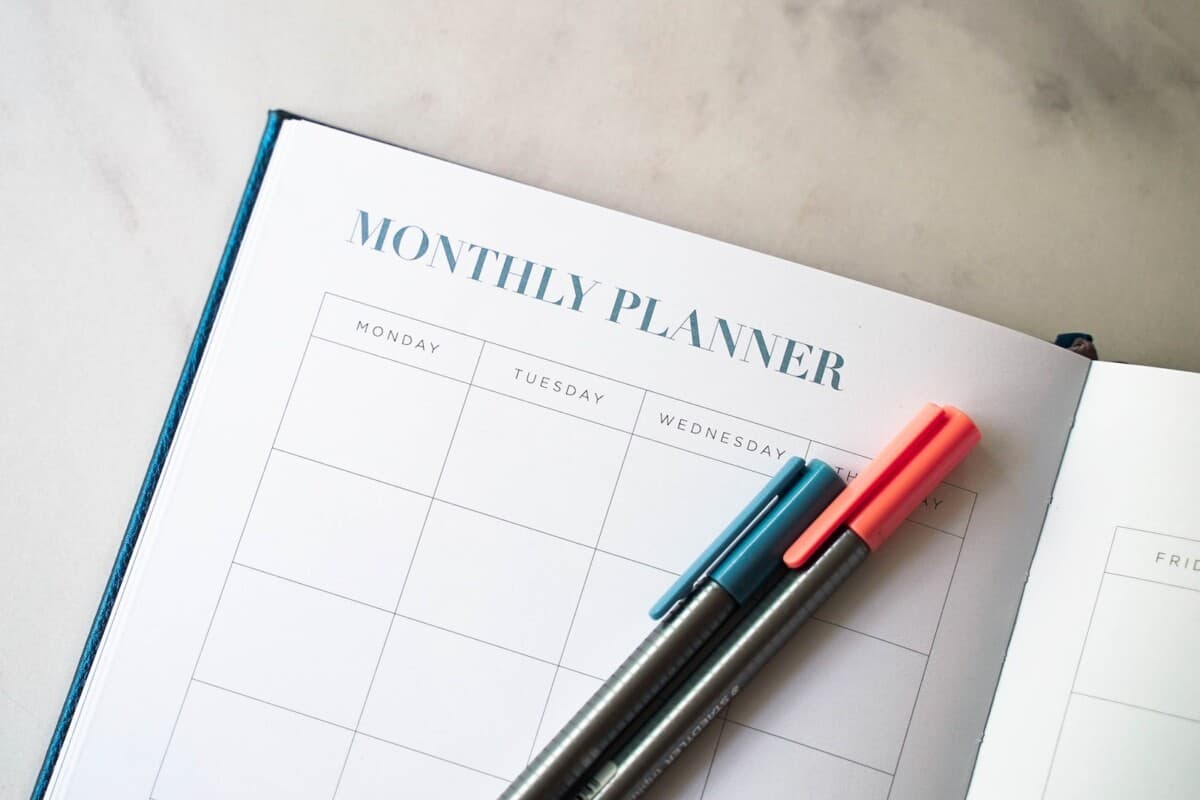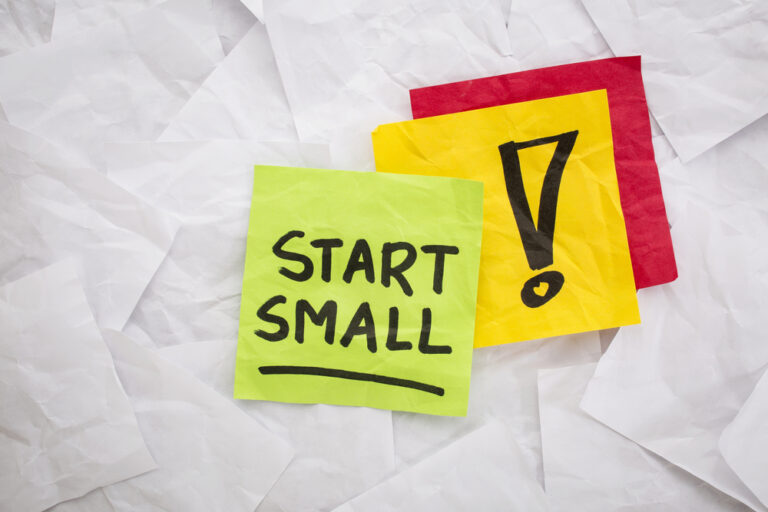“After the Keto Cheat: A Roadmap for Rekindling Your Keto Flame”
After the keto cheat that lasted almost 6 months, It was time to reset my Keto diet. I had spent the last 6 months eating exactly what I wanted and indulging in lots of Fast foods.
This added 40 pounds back to my body.
It started with a vacation. I permitted myself to enjoy myself while I was on vacation.
This would have been okay because it was just 3 days of a full year, but It set off some cravings and feelings that I had under control while I was on the keto diet.
After hitting the highest weight I had ever been, it was time to Reset my mind, and by keto eating again.
To embark on your keto journey once more and regain the numerous health benefits and weight management that the ketogenic diet offers, it’s essential to take deliberate and thoughtful steps.
Whether you’ve strayed from your keto lifestyle or are starting fresh, here’s how to begin your keto journey again:
Getting back on track
Getting back on track with your keto diet after straying off the plan can be a smooth process if you follow these steps:
Acknowledge Your Slip:
The first step is recognizing that you’ve gone off the keto diet. This self-awareness is essential to initiate the reset process.
Acknowledging that you’ve gone off plan with your diet is an important step in getting back on track. Here are some ways to recognize and acknowledge that you’ve deviated from your diet:
Rekindle Your Motivation:
Reflect on the reasons you initially chose the keto diet. Whether it’s weight loss, improved energy, better mental clarity, or other health goals, remind yourself why the ketogenic lifestyle is valuable to you. Get a journal and write your thoughts. Writing your feelings can help you see where you need to work.
Reflect on Your Choices:
Take a moment to think about your recent eating habits. If you’ve been consuming high-carb or non-keto foods, it’s a clear indicator that you’ve gone off plan.
Set Clear Goals:
Define your objectives. Are you looking to lose a certain amount of weight, manage a medical condition, or enhance your overall well-being? Make a keto vision board to help you see where you want to go. These can contain old photos of you when you were thinner. Add visual pictures of the things you would like to do once you lose weight. Whether it is a vacation or a new outfit. Specific goals provide a clear path for your journey.
Educate Yourself:
Ensure you have a solid understanding of the keto diet, including what foods to eat and what to avoid. Knowledge empowers you to make informed choices. What foods do you like to eat? These should be added to your menu. Adding the foods you like to eat will make your restart easier.
Physical Symptoms: Be aware of any physical symptoms, such as bloating, acne breakouts, or changes in skin condition, which may indicate a dietary shift.
Lab Work:
If you have access to recent blood tests, a spike in markers like triglycerides or glucose levels can signal dietary deviation.
Intermittent Fasting:
Consider incorporating intermittent fasting to help your body get back into ketosis faster. This approach can accelerate the process.
Prioritize Healthy Fats:
Incorporate healthy fats, such as avocados, nuts, and olive oil, into your meals to help your body transition to burning fat for fuel again.
Monitor Macros:
Pay attention to your macronutrient ratios (high fat, moderate protein, low carbs) and aim to hit your daily keto targets.
Ps. This Post contains affiliate links. If you click on a link and make a purchase, I will earn a commission (at no additional cost to you. Please know I only recommend resources and items I believe and highly recommend.

Zollipops Strawberry Valentines 3.1oz – $5.49
from: Zolli Candy
Track Your Progress:
Keep a food diary and use keto-tracking apps to monitor your daily intake and maintain accountability.
Seek Support:
Connect with a supportive community or a friend who follows a keto diet to stay motivated and share experiences.
Stay Patient:
It might take a few days to a week to fully re-enter ketosis, depending on your body and the extent of your deviation.
Keto basics for the Pantry – keto for my life

Clean Out Your Kitchen:
Rid your home of non-keto foods and stock up on keto-friendly options. An environment that supports your goals is crucial.
Plan Your Meals:
Prepare a meal plan that aligns with your keto goals. This helps you avoid impulsive, off-plan choices. Having boiled eggs and cheese for a fat-plus protein snack can help you stay on course.
Grocery Shopping:
Make a list of keto-approved foods and ingredients and shop accordingly. Having the right ingredients on hand makes meal preparation easier.
Meal Prep:
Spend time preparing keto-friendly meals and snacks in advance to prevent unplanned deviations due to convenience. Preparing extra when you cook and saving it for later, will help when your time is short.
Hydration Matters:
Stay well-hydrated with water and electrolytes. Proper hydration supports your body’s transition into ketosis.
- 1. Set a schedule: Establish a routine for drinking water by setting specific times or intervals to remind yourself to have a glass of water. For example, you can aim to drink a glass of water upon waking up, before meals, and before bedtime.
- 2. Carry a water bottle: Always have a water bottle with you, whether you’re at work, school, or running errands. Having easy access to water will remind you to drink throughout the day.
- 3. Use hydration apps or reminders: There are several smartphone apps available that can help you track and remind you to drink water. These apps can send alerts or notifications to ensure you stay hydrated.
- 4. Remember, the daily water intake recommendations vary depending on factors such as age, sex, activity level, and climate. It’s generally recommended to drink about 8 cups (64 ounces or 1.9 liters) of water per day, but individual needs may differ. Consult with a healthcare professional for personalized advice.
5 minerals and vitamins to help keto flu – keto for my life
Incorporate Healthy Fats:
Include sources of healthy fats like avocados, olive oil, and fatty fish in your meals to ensure your body has the necessary fat for energy.
Be prepared for the keto flu and Leg Cramps
Keto leg cramps are a relatively common phenomenon experienced by individuals following a ketogenic diet.
While the exact prevalence is not well-established, anecdotal evidence and reports suggest that a significant number of people on the keto diet may experience leg cramps.
The significance of keto leg cramps lies in the potential impact on daily life and overall adherence to the diet. Leg cramps can be painful, disruptive to sleep, and may limit physical activity.
These factors can cause frustration, and discomfort, and even deter individuals from continuing with the ketogenic diet.
Understanding the prevalence and significance of keto leg cramps can help individuals be better prepared and equipped to manage and overcome this common challenge while maintaining the health benefits of the ketogenic diet.
Starting your keto journey again is a commitment to your well-being and health. By taking these steps, you set yourself up for success and a smoother transition into the ketogenic lifestyle.
Check Your Food Journal:
Review your food journal or diary, if you keep one. It can serve as a record of your meals and help you identify where you deviated.
Weigh Yourself:
A sudden increase in your weight can be a sign that you’ve consumed excess carbohydrates, as they tend to cause water retention.
Recognize Cravings:
If you find yourself constantly craving sugary or carb-heavy foods, it’s a sign that your diet may be off track.
Feelings of Fatigue or Brain Fog:
High-carb meals can lead to fluctuations in energy levels and cognitive function. If you experience fatigue or brain fog, it might be due to going off plan.
Digestive Changes:
Irregular bowel movements or gastrointestinal discomfort can also be indicators of a deviation from your diet.
Blood Sugar Fluctuations:
If you monitor your blood sugar levels and notice significant fluctuations, this can be a sign of consuming too many carbohydrates.
Mood Swings:
High-carb meals can affect your mood, leading to mood swings or irritability. Recognizing changes in your emotional state can be a sign of deviation.
Clothing Fit:
If your clothes suddenly feel tighter or less comfortable, it could be due to water retention and weight gain from carb consumption.
Feedback from Others:
Sometimes, family members or friends may comment on your dietary choices, which can serve as a reminder that you’ve gone off plan. Make sure that this person will help you and not set you off on another binge.
Physical Symptoms:
Be aware of any physical symptoms, such as bloating, acne breakouts, or changes in skin condition, which may indicate a dietary shift.
Lab Work:
If you have access to recent blood tests, a spike in markers like triglycerides or glucose levels can signal dietary deviation.
Intermittent Fasting:
Consider incorporating intermittent fasting to help your body get back into ketosis faster. This approach can accelerate the process.
Prioritize Healthy Fats:
Incorporate healthy fats, such as avocados, nuts, and olive oil, into your meals to help your body transition to burning fat for fuel again.
Monitor Macros:
Pay attention to your macronutrient ratios (high fat, moderate protein, low carbs) and aim to hit your daily keto targets.
Include Fiber:
Ensure you get enough fiber from low-carb vegetables to aid digestion and maintain a healthy gut.
Exercise:
Physical activity can help deplete glycogen stores and expedite your return to ketosis.
Do I need to exercise while on the keto diet? – keto for my life
Exercise is not a requirement for weight loss on the keto diet, but it can be beneficial for several reasons. The primary factor in losing weight on the keto diet is creating a calorie deficit, which means consuming fewer calories than you burn. While exercise can contribute to this calorie deficit, it’s not strictly necessary.
Track Your Progress:
Keep a food diary and use keto-tracking apps to monitor your daily intake and maintain accountability.
Remember that it’s natural to encounter bumps on the road to maintaining a keto diet. What’s important is your commitment to getting back on track and making choices that align with your dietary goals.
In Summary
Beginning your keto journey again is an opportunity to reclaim the positive impact this dietary choice can have on your life. Whether you’re restarting after a temporary deviation or embarking on your first keto adventure, your dedication and commitment to your health and well-being are commendable.
Remember that setbacks are a part of any journey, but it’s how we respond to them that defines our progress. Stay focused on your goals, stay informed, and remain patient and persistent. Over time, the ketogenic lifestyle can lead to enhanced physical and mental health, improved energy levels, and successful weight management.
As you take these steps to reinitiate your keto journey, keep your motivations in mind, celebrate your successes, and learn from any challenges you encounter. With dedication, knowledge, and the support of a community or loved ones, you’re well-equipped to embrace the keto lifestyle and its potential benefits once again.
Your renewed commitment to the keto way of eating is a testament to your determination and your desire for a healthier, more fulfilling life. Here’s to a successful and rewarding keto journey ahead!
This is for informational education only and is not a substitute for professional medical advice, diagnosis, or treatment. always seek the advice of your physician or other qualified health providers with any questions you may have regarding a medical condition before undertaking any diet, supplement, fitness, or other health programs.









One Comment
Comments are closed.